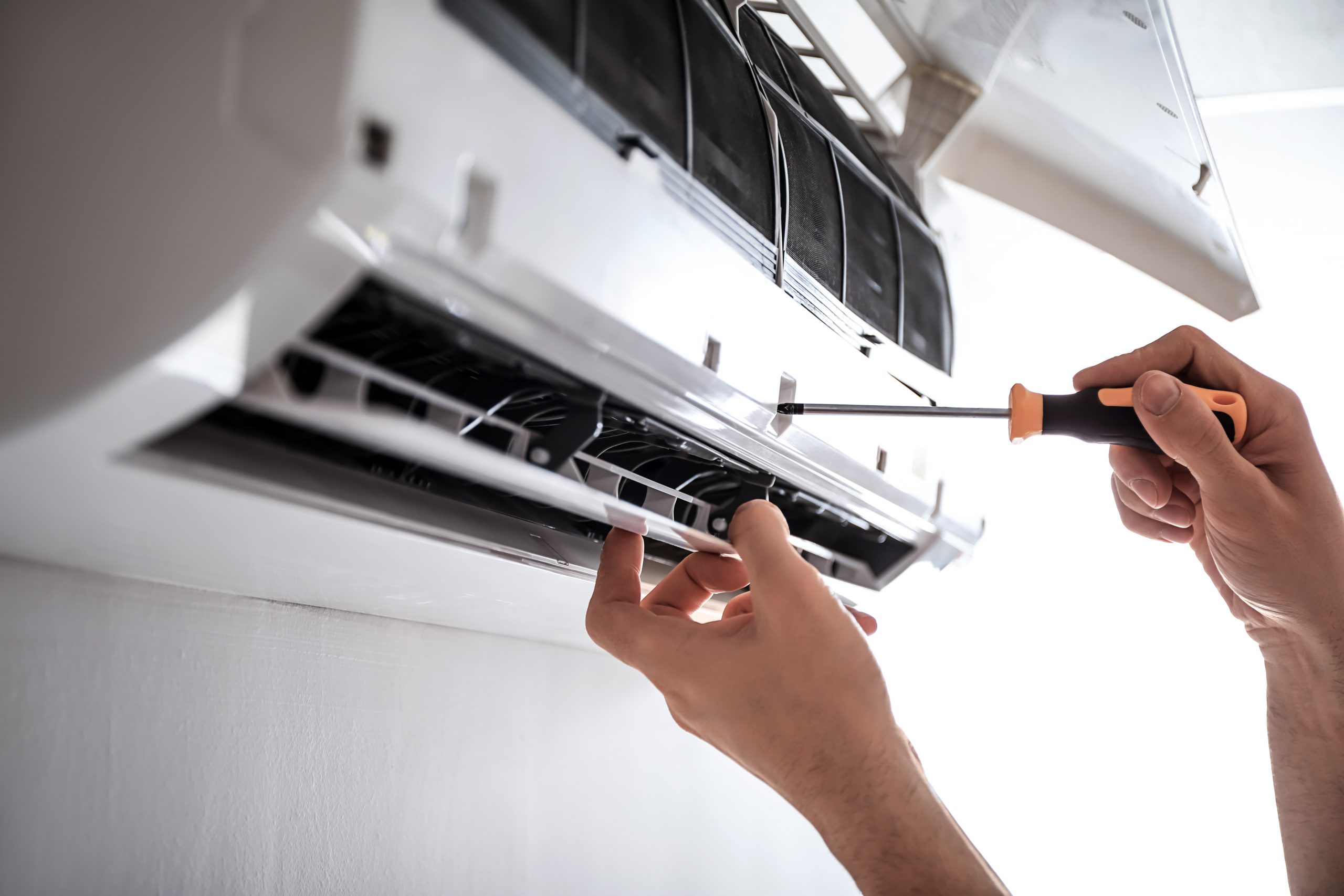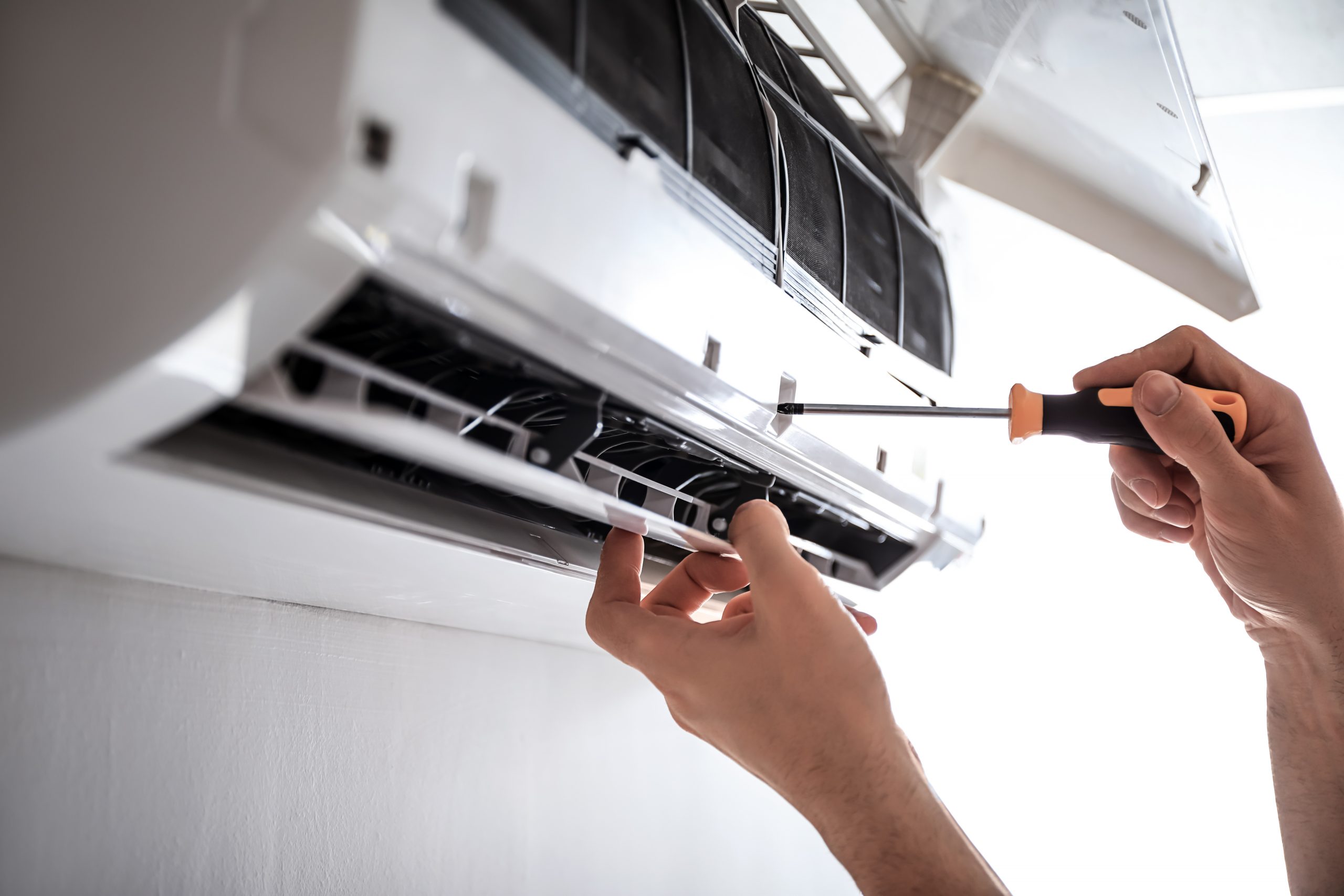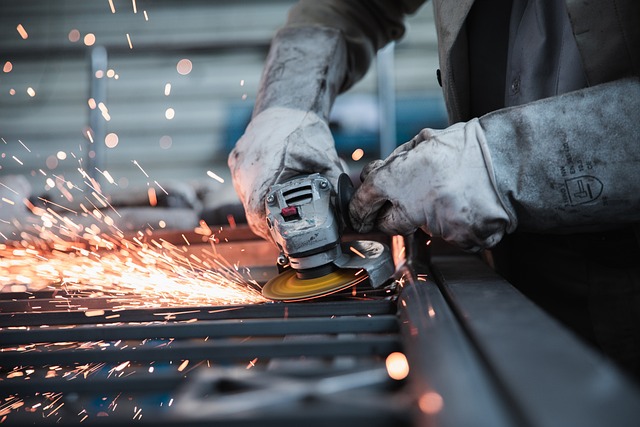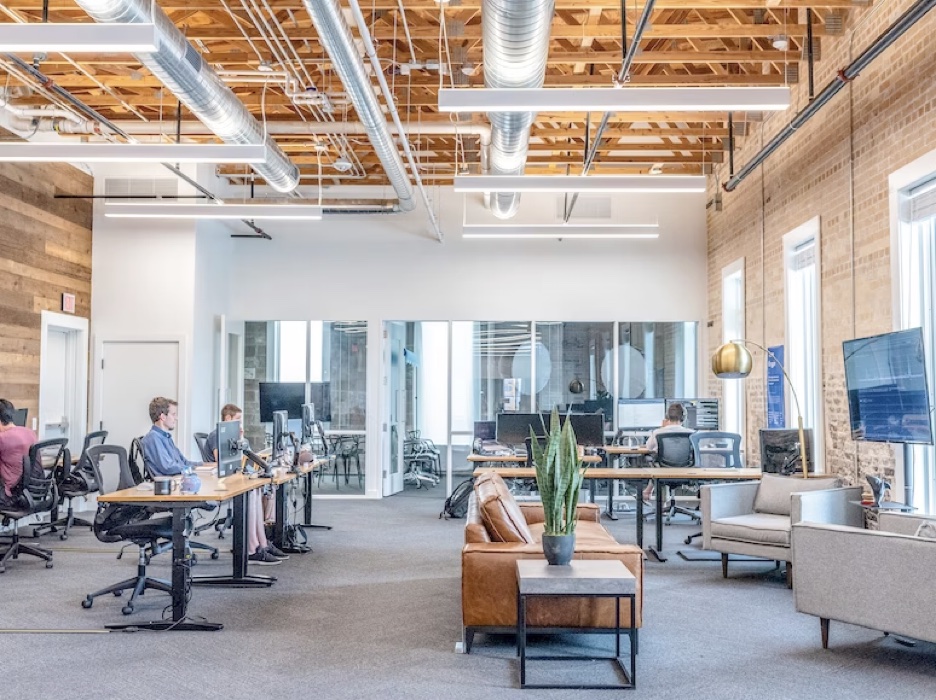
Australia’s scorching summers often necessitate the presence of air conditioning in rental properties. However, the question of who bears the responsibility for maintaining these cooling systems can sometimes be a source of confusion and debate. While landlords may provide air conditioning as an amenity, it’s crucial to understand the maintenance dynamics surrounding these systems.
Responsibilities of Tenants:
It can vary between each state but tenants typically hold the responsibility for air conditioning maintenance unless stated otherwise in the lease agreement. This maintenance primarily involves regular upkeep of split system air conditioners, which are commonly found in rental properties due to their efficiency and cost-effectiveness.
Maintaining a split system air conditioner involves several simple yet essential tasks that tenants should perform every 3-6 months to ensure optimal performance and longevity of the unit. These tasks include:
- Cleaning the Filters: Tenants should open the front panel of the internal wall unit and carefully remove the air filters. The filters should then be rinsed clean with a garden hose to remove accumulated dust, dirt, and debris.
It’s essential to ensure that the filters are thoroughly cleaned to prevent restricted airflow and strain on the system.
- Drying and Reinstalling Filters: After cleaning, tenants should allow the filters to dry completely in a shaded area before reinstalling them in the air conditioner. Proper drying helps prevent mould and mildew growth, which can adversely affect indoor air quality and the efficiency of the system.
- Interior Wipe Down: Additionally, tenants should wipe the interior of the air conditioner with a damp cloth to remove any dust or debris that may have accumulated inside the unit. This helps maintain optimal airflow and prevents blockages that can hinder the unit’s performance.
- Exterior Vacuuming: Tenants can use a vacuum cleaner with a soft brush attachment to remove dust and debris from the exterior vents and coils of the air conditioner. Regular vacuuming helps prevent buildup, ensuring optimal airflow and system efficiency.
By incorporating this step into their maintenance routine, tenants can contribute to the overall performance and longevity of the air conditioning unit, enhancing their comfort in the rental property.
While tenants are tasked with ongoing maintenance, landlords are obligated to ensure that air conditioners remain in good working condition. This includes scheduling professional servicing by a qualified technician annually and promptly addressing any damages or malfunctions.
Landlords’ Obligations:
Landlords are not legally required to provide air conditioning in rental properties in Brisbane. However, many opt to do so as it can significantly enhance the property’s appeal and rental value. While installing air conditioning in Brisbane’s northside is at the landlord’s discretion, they must bear the associated costs, including installation expenses.
Moreover, landlords must adhere to their obligations outlined in the lease agreement. If an existing tenant requests the installation of air conditioning, the landlord can choose to fulfill this request, but cannot arbitrarily increase the rent as a result. However, landlords may adjust the rental rate between tenants to recoup the investment in air conditioning installation.
Popular Air Conditioning Types for Tenant Comfort
Landlords often install common types of air conditioning systems to meet tenants’ requests for cooling comfort. Among the most popular options are split system air conditioners, which consist of an indoor unit connected to an outdoor compressor. Split systems are versatile and energy-efficient, making them a preferred choice for many rental properties.
Another common type is window air conditioners, which are more compact and suitable for smaller spaces or properties with limited installation options. Landlords may also opt for portable air conditioners, which can be moved from room to room as needed, providing flexibility for tenants.
Ducted air conditioning systems offer centralized cooling throughout the property, providing consistent comfort across all rooms. Each type of air conditioning system has its advantages and considerations, allowing landlords to tailor their choices based on the property’s layout, budget, and tenant preferences.
Choosing the Right Approach:
When it comes to air conditioning maintenance and installation, both landlords and tenants play crucial roles. Clear communication and adherence to the terms of the lease agreement are paramount to avoid misunderstandings or disputes regarding responsibilities and costs.
Tenants should familiarise themselves with the maintenance requirements of the air conditioning system and ensure that they fulfill their obligations promptly. Regular maintenance not only ensures the efficient operation of the unit but also prolongs its lifespan, saving both tenants and landlords from costly repairs or replacements.
Landlords, on the other hand, should prioritize the regular servicing and upkeep of air conditioning systems to provide a comfortable living environment for tenants and protect their investment in the property.
Conclusion:
Proper maintenance of air conditioning systems is not merely a minor aspect of rental agreements; it’s a critical factor for tenant comfort and satisfaction. By diligently fulfilling their responsibilities, landlords, and tenants actively contribute to the longevity and efficiency of these cooling systems, ensuring uninterrupted comfort during scorching summers.
This collaborative effort underscores the importance of clear communication and adherence to maintenance tasks, fostering a harmonious landlord-tenant relationship and enhancing the overall rental experience.
Interesting Related Article: “What To Ask An Air Conditioning Company Before Hiring Them?“









